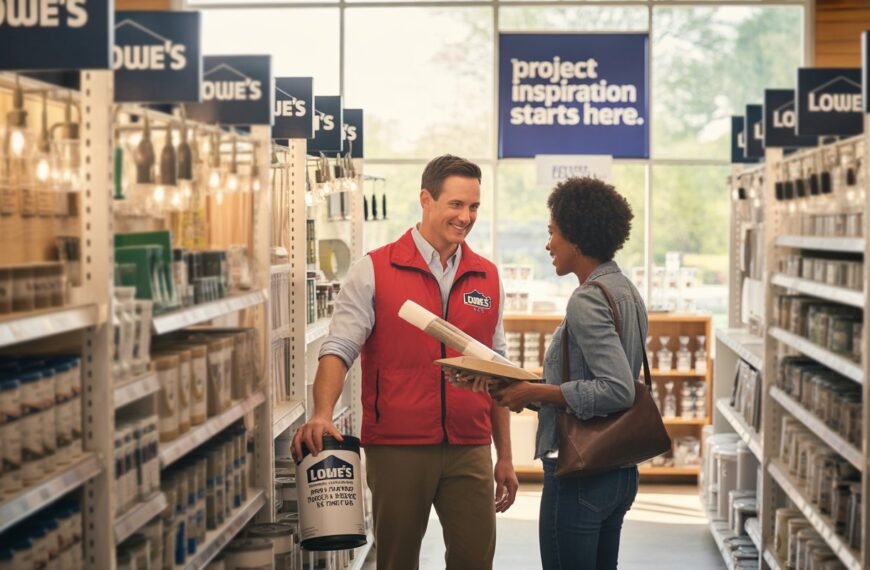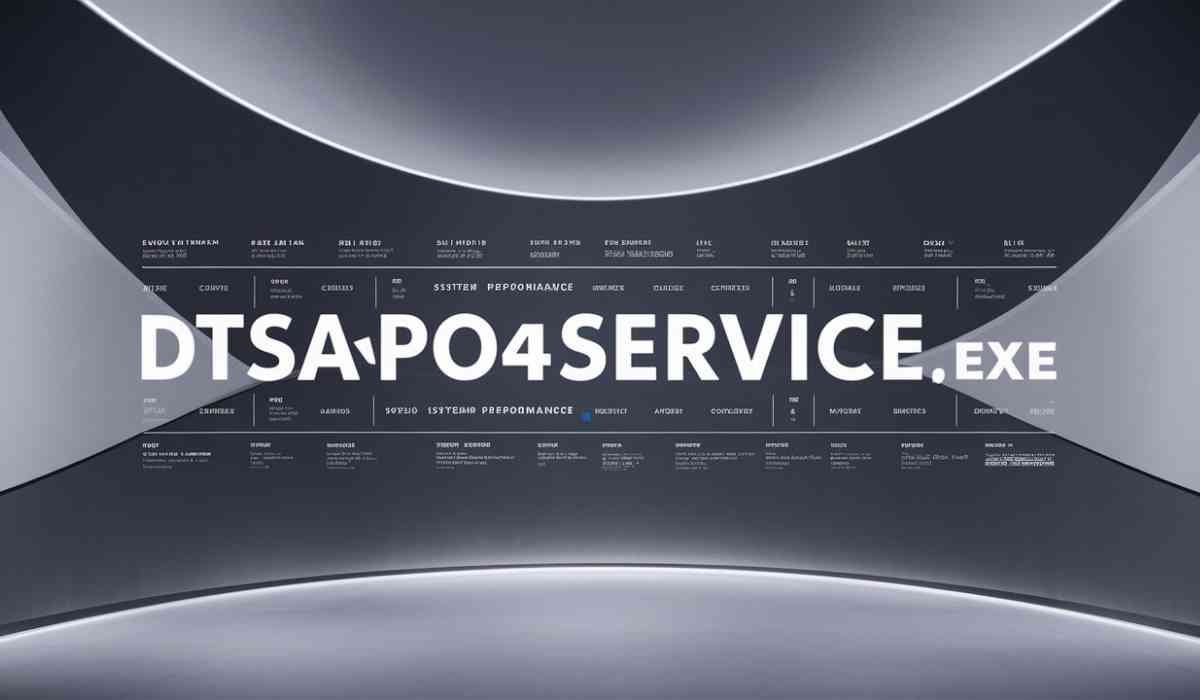When you think about maintaining your property, understanding repairs is essential. Repairs are necessary actions that keep your property in its original, usable condition. They include tasks like fixing leaky faucets or patching walls, which are often ordinary and reasonable.
In contrast, improvements enhance the property’s value or extend its useful life, like installing new HVAC systems. Knowing the difference between repairs vs improvements can significantly impact your finances, especially when considering capital improvements vs repairs.
Repairs are typically deductible as operating expenses in the year you incur them, while improvements are capital expenditures that get depreciated over time. By grasping these distinctions, you can make informed decisions that benefit both your property’s condition and your financial situation.
Understanding Improvements in Real Estate
Improvements in real estate are crucial for enhancing your property’s value and extending its useful life.
When you consider the difference between repairs vs improvements IRS guidelines, improvements typically involve significant upgrades or alterations that add value rather than just maintaining existing conditions.
For instance, capital improvements vs repairs and maintenance encompass projects like replacing roofs or installing energy-efficient systems, which are seen as investments.
Unlike ordinary repairs, which you can fully deduct in the year incurred, improvements are capital expenditures that you must depreciate over time.
Understanding this distinction helps you make informed decisions about your property and manage your tax implications effectively.
Always consult a tax professional for clarity on specific improvements to ensure you’re maximizing your benefits.
Key Differences Between Repairs and Improvements
Understanding the distinction between repairs and improvements can significantly impact your property management.
Repairs focus on maintaining your property in its original, usable condition. They’re typically ordinary tasks, like fixing leaks or patching walls, that ensure everything functions properly.
Improvements, on the other hand, enhance your property’s value or extend its useful life. These include significant upgrades, such as installing a new roof or adding a swimming pool.
Recognizing these differences helps you assess expenses correctly. While repairs are necessary and reasonable costs, improvements often require more investment and planning.
By classifying your expenditures accurately, you can better manage your property and understand their long-term financial effects.
Always consult with a professional for complex situations to ensure proper classification.
Tax Treatment of Repairs vs. Improvements
Although repairs and improvements both involve costs related to property management, their tax treatment differs significantly.
Repairs are considered operating expenses, allowing you to fully deduct the costs in the year you incur them. This means you get immediate tax savings, which can be beneficial for your cash flow.
On the other hand, improvements are classified as capital expenditures. You’ll need to depreciate these costs over multiple years, spreading the tax benefits over time.
While repairs provide a more advantageous tax benefit, improvements can enhance your property’s value in the long run.
Understanding this distinction helps you optimize your tax strategy and manage your property expenses effectively.
The Impact of Classification on Tax Savings
When you accurately classify expenses as repairs or improvements, you can significantly influence your tax savings.
Repairs allow you to deduct costs immediately, reducing your taxable income in the current year. For example, if you spend $2,000 on a repair, that amount can be deducted right away.
On the other hand, improvements are treated as capital expenditures, meaning you’ll need to depreciate those costs over several years. This delay in tax benefits often results in less immediate savings.
The IRS B.A.R. Rule Explained
To determine whether an expense qualifies as a repair or an improvement, you can rely on the IRS B.A.R. Rule.
This rule classifies improvements based on three criteria: betterment, adaptation, and restoration. Betterment refers to expenses that add value or fix defects in your property.
Adaptation involves changing the property’s use to something new, while restoration means extending the property’s life or returning it to like-new condition.
If your expense meets any of these criteria, it’s classified as an improvement and must be depreciated over time.
Understanding the B.A.R. Rule helps you accurately classify expenses, which is crucial for maximizing your tax benefits and avoiding potential issues with the IRS.
Examples of Repairs and Improvements
Understanding the distinction between repairs and improvements is vital for property owners.
Repairs typically involve tasks that maintain your property in its original condition. For instance, patching drywall, fixing leaky faucets, or replacing broken tiles are all examples of repairs that keep things running smoothly.
On the other hand, improvements are upgrades that enhance your property’s value or extend its lifespan. Replacing an old HVAC system, adding a new deck, or installing energy-efficient windows are classic examples of improvements.
Recognizing these differences helps you make informed decisions about maintenance and upgrades, ensuring you maximize your investment while remaining compliant with tax regulations.
Identifying the Unit of Property (UOP)
Recognizing the specific Unit of Property (UOP) is key to accurately classifying expenses as repairs or improvements. The UOP can include various components, such as the building structure, HVAC systems, plumbing, and electrical systems.
When you assess an expense, consider how it impacts the UOP. If a repair merely maintains or restores the existing function of a component, it’s likely classified as a repair. However, if the expense enhances the property’s value or extends its useful life, it may qualify as an improvement.
Using the IRS B.A.R. rule can help clarify your decision. Always ensure you understand the UOP you’re dealing with to optimize your tax benefits and avoid classification errors.
When to Consult a Tax Professional
When should you consider reaching out to a tax professional? If you’re unsure whether an expense is a repair or an improvement, it’s a good idea to consult with one. Misclassifying expenses can significantly impact your tax deductions.
You should also seek help if you have multiple properties or complex renovations, as these situations can complicate tax treatment. If you’re planning to sell a property and need clarification on depreciation recapture, a tax professional can guide you.
Additionally, if you’re facing audits or disputes with the IRS regarding your property expenses, professional advice is crucial. Ultimately, consulting a tax expert helps you navigate tax laws and maximize your benefits.
Understanding Repairs vs Improvements in Real Estate
Knowing the differences between repairs and improvements in real estate is vital for effective property management and tax strategy. By understanding how each classification affects your finances, you can make informed decisions that maximize your tax savings. Remember to consider the IRS B.A.R. Rule and consult a tax professional when needed. This knowledge not only keeps your property in good shape but also helps you navigate the complexities of real estate tax implications.









